No products in the cart.
On this page
General information
Customer safety is of paramount importance to VegaVend. Customers need to be confident that they will find a comprehensive selection of safe, reliable and compliant products on VegaVend, no matter who the Vendor is.
There are regulations that apply to the sale of chemicals. In addition to the regulations, VegaVend has requirements for the sale of these products. As a Vendor, you are responsible for ensuring that the products you supply are compliant with the relevant regulations and requirements.
Chemical regulations in the EU include the Regulation (EC) No 1907/2006 (“EU REACH Regulation”) and the Regulation (EC) No 1272/2008 (“EU CLP Regulation”). Local regulations and requirements may also apply.
For more information about the regulations and VegaVend requirements for the sale of chemicals, review the additional help pages listed on the navigation pane.
This material is for informational purposes only. It is not intended as legal advice. We encourage you to consult your legal adviser if you have questions about the laws and regulations concerning your product.
Frequently asked questions
Question: Which products does the EU REACH Regulation apply to?
Answer: The EU REACH Regulation applies to all chemical substances and mixtures manufactured in or imported into the EEA (European Economic Area: all the member states of the EU plus Norway, Iceland and Liechtenstein), including articles containing certain dangerous or hazardous chemical substances or mixtures.
Question: For whom does the EU REACH Regulation create obligations to provide an SDS (safety data sheet)?
Answer: When required, an SDS shall be provided by a supplier of a substance or mixture to the recipient of such substance or mixture. The EU REACH Regulation defines the supplier of a substance or mixture as any manufacturer, importer, downstream user or distributor supplying or making available a substance or mixture to a third party.
Question: What obligations do Vendors have in relation to the provision of a SDS (safety data sheet)?
Answer: An SDS must be provided by a supplier to the recipient of a substance or mixture: (i) if it meets the criteria for classification as hazardous in accordance with the CLP Regulation (see more below); (ii) where a substance is persistent, bio accumulative and toxic (PBT) or very persistent and very bio accumulative (vPvB) as per the criteria set out in Annex XIII of the EU REACH Regulation; or (iii) where a substance is included in the so-called “candidate list” (see more above). An SDS must be provided by a supplier upon request of a recipient if a mixture is not hazardous as per the CLP Regulation but meets certain concentration criteria or workplace. The EU REACH Regulation defines the supplier of a substance or mixture as any manufacturer, importer, downstream user or distributor supplying or making available a substance or mixture to a third party exposure limits set out in Article 31(3) of the EU REACH Regulation. An SDS does not need to be provided if a substance or mixture meets the criteria for classification as hazardous in accordance with the CLP Regulation and is being offered or sold to the general public, provided that sufficient information is supplied to enable those users to take suitable precautions in respect of protection of human health, safety and the environment. However, it must still be provided in this scenario if requested by a downstream user or distributor.
Question: What are the consequences of not providing an SDS when it is required for Vendors?
Answer: If the required SDS is not provided, this may lead to VegaVend no longer permitting the sale of the applicable products within the VegaVend Fulfilment Network.
Question: Where can I learn more about REACH?
Answer: To learn more about REACH Click here.
Question: Is there a standard template for Safety Data Sheets that should be used?
Answer: As Safety Data Sheets are created and provided by the manufacturer, there’s no standard template available. To learn more about Safety Data Sheets Click here.
Question: What are the most frequent reasons for rejection of a Safety Data Sheet?
Answer: The most relevant reasons for rejection of an SDS are: a) pictograms for section 2 do not align with hazard statements from the same section; and b) the SDS is outdated.
Requirements and FAQs for the sale of chemicals
REACH and CLP Comparison between EU and UK
CLP hazard warnings detail page compliance EU
CLP hazard warnings detail page compliance UK
Chemical Safety & Storage sheet for exempted hazardous goods
Information on the sale of biocidal products – Biocidal Products Regulation (BPR)
Last updated: 17 June 2024
